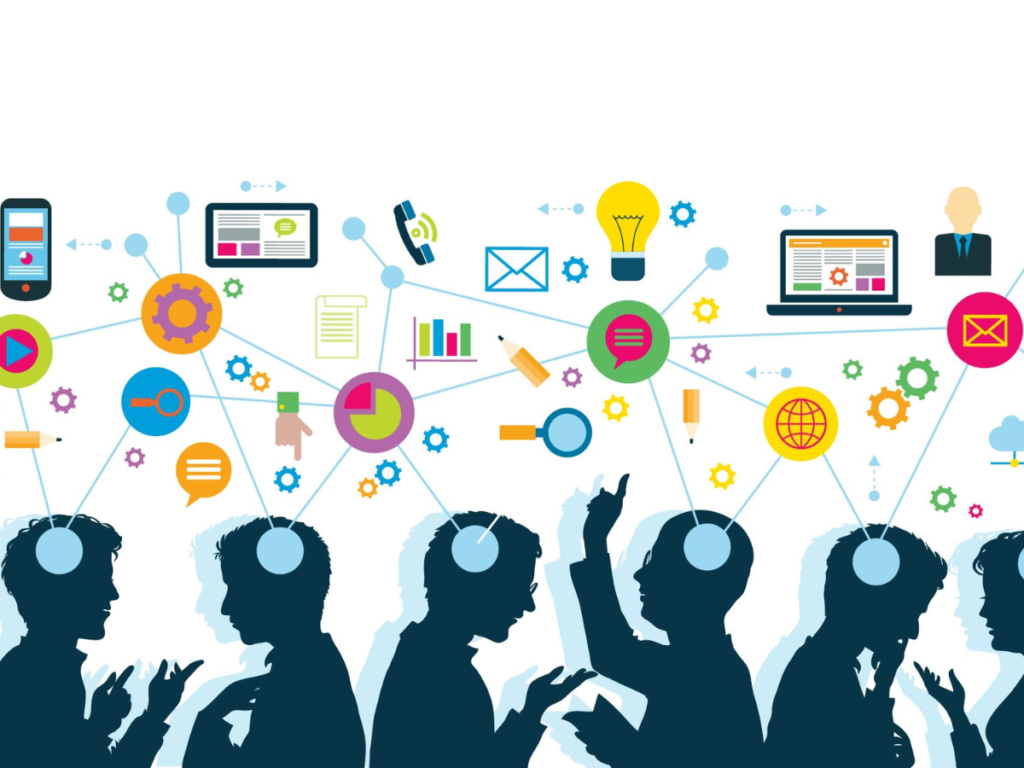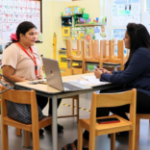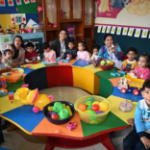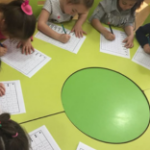
Learning efficiently is a skill that greatly enhances both academic performance and personal development. Whether preparing for exams, mastering new subjects, or acquiring practical skills, understanding effective learning methods can make a substantial difference. This comprehensive guide explores a variety of strategies that promote rapid and lasting comprehension, tailored to meet diverse learning needs.
Strategies for Effective Learning
1. Active Learning
Active learning engages students through activities like discussions, problem-solving, and hands-on experiments. By actively participating and applying knowledge in real-time, students reinforce their understanding and retention. This method also promotes critical thinking and creativity, encouraging students to explore concepts from different angles.
2. Spaced Repetition
Spaced repetition involves revisiting information at increasing intervals to strengthen memory retention. Tools like flashcards, digital apps (e.g., Anki), and interactive quizzes optimize this method for efficient learning. By spacing out review sessions over time, students enhance long-term retention, making it easier to recall information when needed.
3. Visualization Techniques
Visualizing concepts through diagrams, mind maps, and infographics aids in understanding complex ideas. Visual learners benefit from organizing information spatially, facilitating easier recall and comprehension. This method also encourages creativity and analytical thinking by visually representing relationships between different pieces of information.
4. Mnemonics and Memory Aids
Mnemonic devices, acronyms, and memory aids help encode information into memorable formats. Techniques like “ROYGBIV” for the colors of the rainbow or “PEMDAS” for mathematical order of operations simplify learning and enhance recall. By associating new information with familiar patterns or images, students can quickly grasp and retain complex concepts.
5. Chunking
Chunking involves breaking down large amounts of information into smaller, manageable parts. By organizing content into meaningful clusters, students can process and remember information more effectively. This method improves retention and understanding by focusing on digestible chunks of information.
6. Active Recall
Active recall involves retrieving information from memory without external cues. Techniques such as self-testing, summarizing key points, and teaching others reinforce learning through active engagement. By practicing active recall, students strengthen their ability to retrieve and apply knowledge.
7. Interleaved Practice
Interleaved practice alternates between different topics or skills during study sessions. This technique enhances problem-solving abilities and promotes deeper understanding by challenging students to apply knowledge in diverse contexts. By interleaving practice sessions, students develop flexible thinking and adaptability.
8. Utilizing Technology
Digital tools and resources offer interactive learning experiences. Educational platforms, multimedia presentations, and online tutorials provide engaging ways to explore and master new concepts. Technology enhances learning by offering personalized feedback, adaptive learning modules, and immersive simulations.
9. Collaborative Learning
Collaborative learning encourages peer interaction and group discussions. Working together on projects, sharing perspectives, and explaining concepts to others fosters a deeper understanding and reinforces learning outcomes. Collaborative environments promote communication skills, teamwork, and empathy.
10. Setting Goals and Monitoring Progress
Setting clear learning goals and tracking progress motivates students to stay focused and organized. Breaking tasks into achievable milestones and celebrating achievements enhances motivation and productivity. Goal-setting encourages self-regulation and perseverance.
11. Reflective Practice
Reflecting on learning experiences promotes metacognition and self-awareness. Encouraging students to review their strategies, identify strengths and areas for improvement, and adjust their approach enhances learning effectiveness over time. Reflective practice fosters a growth mindset.
Summary
Effective learning methods empower students to acquire and retain knowledge efficiently. By incorporating active learning strategies, utilizing technology, leveraging mnemonic devices, and fostering collaborative environments, students can optimize their learning potential and achieve academic success. AR Tiny Tots International School is committed to nurturing academic excellence, providing outstanding sports coaching, maintaining top-notch infrastructure, offering personal attention, and promoting holistic development. We embrace diverse learning approaches to support every student’s educational journey.




